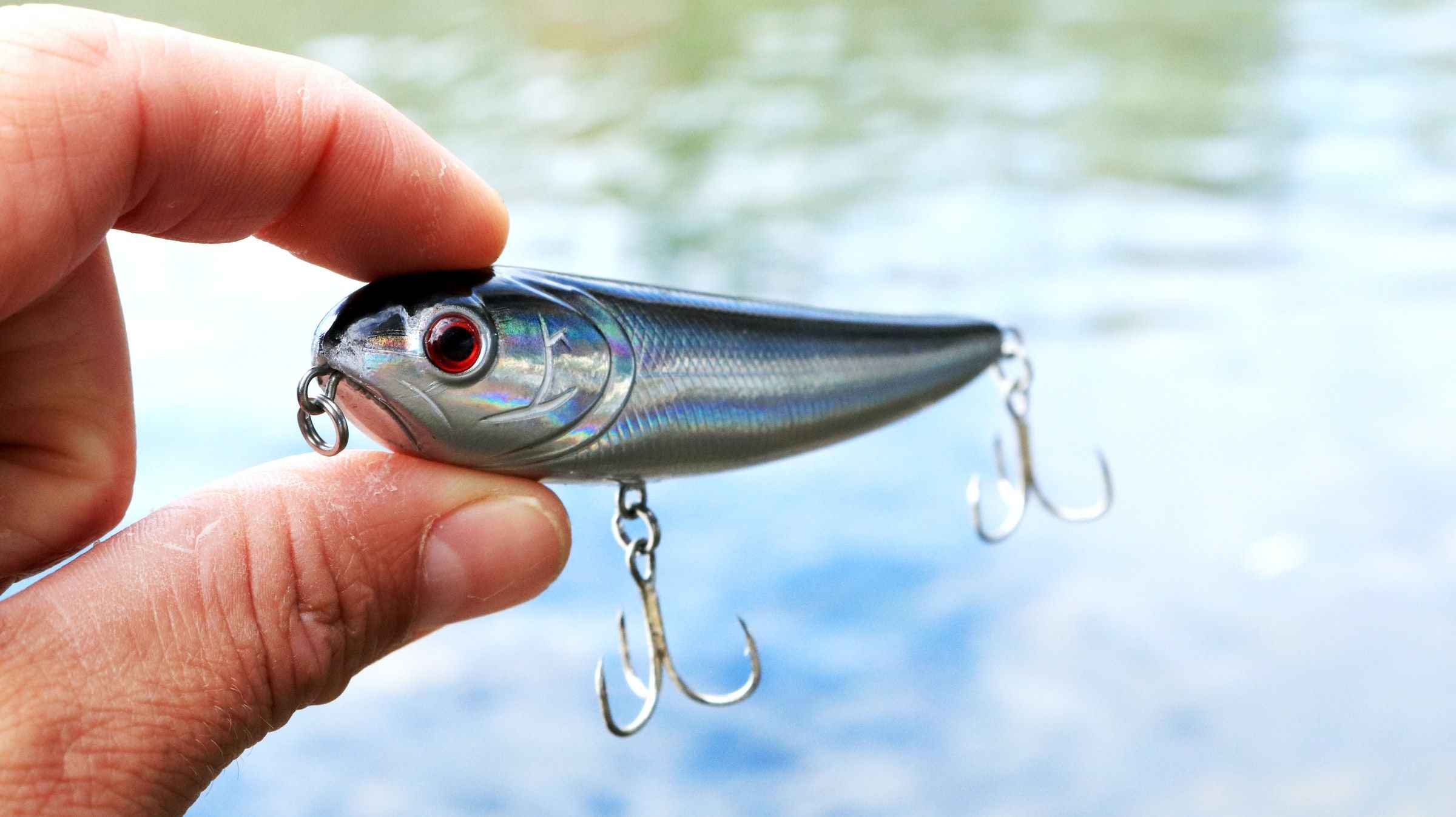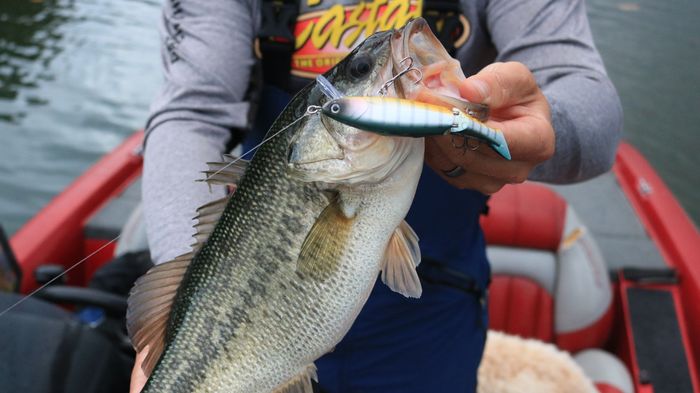Lure Size: The Impacts on Catch Efficiency
Ever wondered if the size of your lure has an impact on your catch? Here's a complete guide to help you.

It’s no secret that choosing the right lure size can be a difficult task. With so many variations to choose from, it can be difficult to settle on which one is the best to use in any given situation. However, choosing the right lure can spell the difference between a full net and an empty boat.
If you're ready, let's now take a look at how choosing the right lure size can impact your catch efficiency.

Species: Size and Type
When choosing what lure size to use, one of the most important factors to consider is what type of species you’re targeting. Fish, just like other animals, have instincts that help them survive in their environment; compounded skills it has learned as a juvenile. As it matures, the fish will grow accustomed to certain behaviors and a specific diet, and any angler must know these two facts to choose the appropriate lure. This is commonly known as “match the hatch” – you need to know your target species' diet match the size of your lure accordingly.

Largemouth bass, for example, is a predatory fish and practices size selection. Just like other intelligent hunters, it seeks to determine which prey will make the optimal meal based on its instincts. This means it won’t attack something larger than them and will likewise shy away from prey that’s too small. These "decisions" made by the largemouth bass, whether to strike or not, will also be related to its size.
Now, fish size is often determined by the body of water they’re in – lakes and ponds typically have larger individuals, so a larger lure may be needed. On the other hand, if you’re baitcasting in a stream or a creek, the same species will tend to be smaller and may require the finesse of a lighter lure. Do take note that just because you’re fishing in a larger body of water, doesn’t mean that you should automatically use a larger lure. The best practice is to start with small to mid-range pieces, cast out, and gradually adjust up or down as necessary.
You'll need to observe what your target fish is eating – are they hunting bugs, crawfish, bluegill, minnows, bugs, shiners, or shad? Around what size are the baitfish in that area? How large are the bugs? These are some of the questions you need answers to. You may want to explore the area, sight fish, turn over some rocks, or take a peek under a bridge to gather your intel.
However, instincts aren't the only factor. Your target fish's eyesight and the clarity of the water also play a major role. Smaller lures should be used in clearer water since the visibility is optimal, and fish with excellent eyesight will become warier. On the other hand, dirtier water will need larger lures so that fish can see it. A great example of using different sizes applies to plastic worms. For clear water, a 3-inch sized worm would be sufficient while some anglers might use an oversized 10-inch worm in murky waters.
Reason for the Seasons
Generally speaking, baitfish are at their smallest sizes during winter and early spring, so it’s wiser to start with smaller size lures, around three to four inches in length, during this time. Fish are also lethargic during the winter, so they won’t be zipping around to chase your lure. During the summer and fall, baitfish can grow bigger, so you'll need to adjust your lure size proportionately to around four to five inches as a starting point.
However, if you’re heading out to a river or creek in early spring, the runoff from melted snow could cause a rather strong current and may need you to use a larger weighted lure. While towards the end of summer, the currents of your same body of water may be slower and may necessitate a smaller lure than what you usually use.

When it comes to lakes and ponds, fish tend to gravitate towards the upper water column and are closer to the banks during early spring. During summer, fish like brown trout, stay deeper where the water is cooler so a larger or heavier lure may be needed to reach the correct depth.
Read the Fine Print
Some anglers may not be aware that there’s a recommended lure size and weight for each rod. Etched into your rod, you’ll often find your rod weight, rod length, lure weight, and line weight. Generally speaking, smaller lure sizes are used for lighter rods.
Mediums are the commonly used rod because they are versatile enough to use when fishing for several different species, such as largemouth bass and smallmouth bass. Generally, mediums recommend a lure weight of about 1/8 - 3/8 oz for optimal performance. You can forego the recommendation and go above or below by as much as 1/4oz, but anything more than that and will start to affect your casting distance.
Learn to Adapt
The best way to figure out the most appropriate lure size is a “scientific approach”. If you’re fishing in waters where the population of your target species is of different sizes, then a methodical process is needed.
The general rule is that smaller lures will reel in smaller fish, while larger lures can hook bigger catch. However, the trick is to find the sweet spot by gradually increasing or decreasing your lure size. If you find that you’re catching less fish after upsizing or downsizing your lure, then you need to adjust immediately because that means you've just missed the sweet spot. While not accurately pinpointing the ideal lure size doesn't necessarily mean you’ll go home with an empty net, you'll be more efficient if you do figure out the optimal lure size for your target fish.
The best practice is always to have lures of several sizes, shapes, and colors whenever you go out angling. Anglers need to learn to adapt their target species' behavior and diet and adjust accordingly, on the fly, so to speak.




